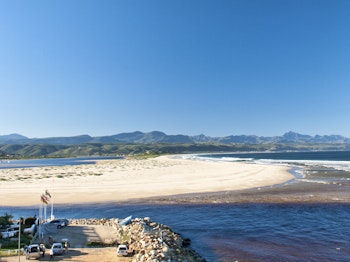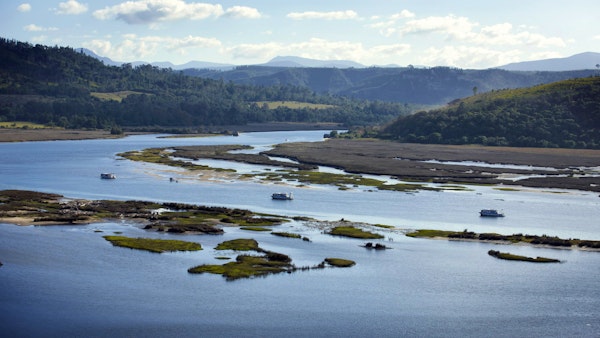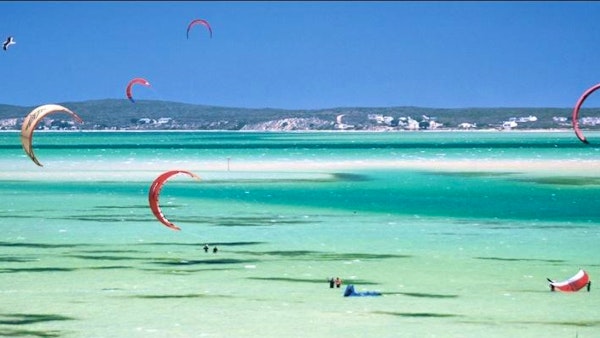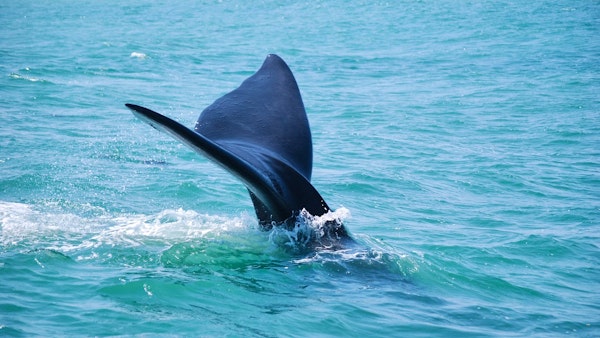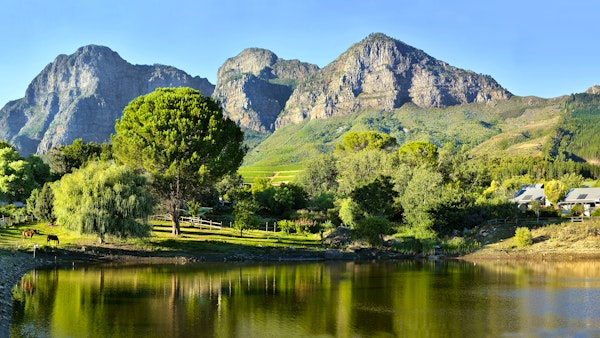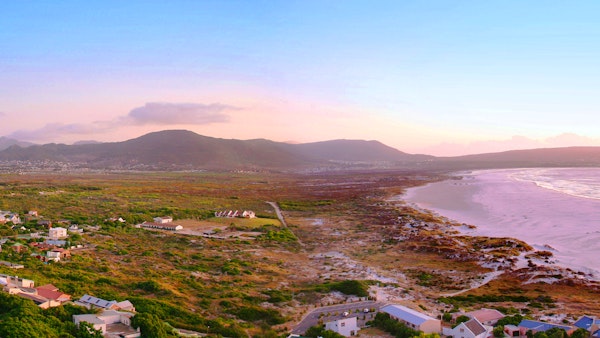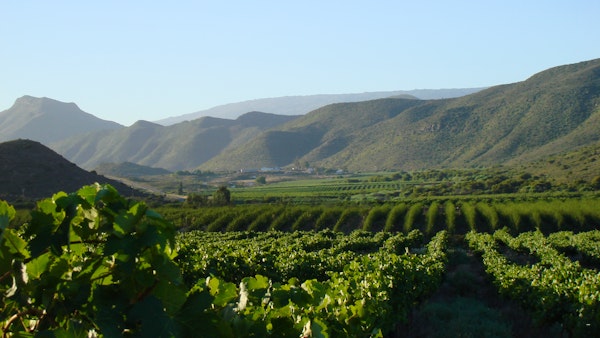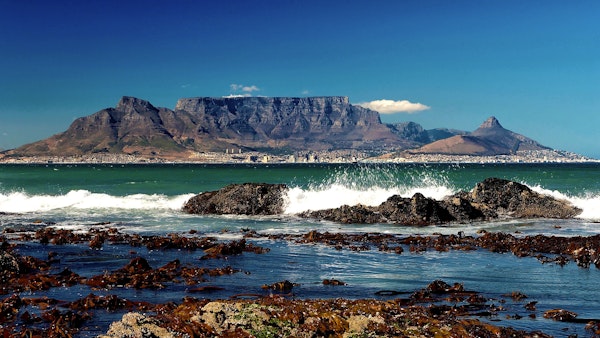Western Cape
Description
The Western Cape province is located in the south west of South Africa, and includes some of South Africa's most famous tourist spots, including Cape Town, the Cape Winelands and the Garden Route.
Cape Town is the Western Cape's capital city and certainly the province's biggest tourist attraction as well, but some of the region's other major cities such as Stellenbosch, Worcester, Paarl and the surrounding Cape Winelands also offer fantastic holiday opportunities. For coastal getaways, the Garden Route and the Overberg are particularly popular tourism regions, while the province’s three biggest rivers, the Breede, Berg and Olifants Rivers, draw travellers as well. It is no wonder that most visitors to South Africa choose to spend a large chunk of their time in this province!
The Western Cape is the southernmost region of the African continent, only 3,800km from the Antarctic coastline at Cape Agulhas. In total, the province covers an area of 129 370 square kilometers, about 10.6% of South Africa's total area. This is roughly the size of England or the US state of Louisiana. It follows, then, that the Western Cape is exceptionally topographically diverse. Most of the province falls within the Cape Fold Belt, a range of sandstone folded mountains that range from 1 000m to 2 300m in height, interspersed with fertile valleys that contain alluvial loamy to clay soils. By contrast, the far interior forms part of the Karoo Basin and is generally arid and hilly with a sharp escarpment in the north. Coastal areas range from sandy between capes, to rocky, steep and mountainous in places.
Vegetation is also extremely diverse, with one of the world's seven floral kingdoms almost exclusively endemic to the province, namely the Cape Floral Kingdom, consisting mostly of Fynbos (Afrikaans for Fine Bush). The Kingdom is so rich in species diversity, that more plant species occur on Table Mountain than in the entire United Kingdom. The West Coast and Little Karoo are semi-arid regions that are typified by succulents, shrubs and acacia trees, while the arid interior of the Karoo is mostly drought-resistant shrubbery. By contrast, the Garden Route is extremely lush, with temperate rainforest covering many areas adjacent to the coast and along mountain ranges. Typical species here are hardwoods of exceptional height, such as Yellowwood, Stinkwood and Ironwood trees.
Western Cape Weather
Most of the Western Cape is a Mediterranean climate of cool, wet winters and warm, dry summers, but the climate can vary widely, with many distinct micro-climates created by the varied topography of the region, as well as the influence of the contrasting warm Indian and cold Atlantic oceans. The interior Karoo has a semi-arid climate with cold, frosty winters and hot summers with occasional thunderstorms. The Garden Route and Overberg on the south coast have a maritime climate with cool, wet winters and mild, moist summers. Mossel Bay in the Garden Route is considered to have the second mildest climate worldwide after Hawaii.
